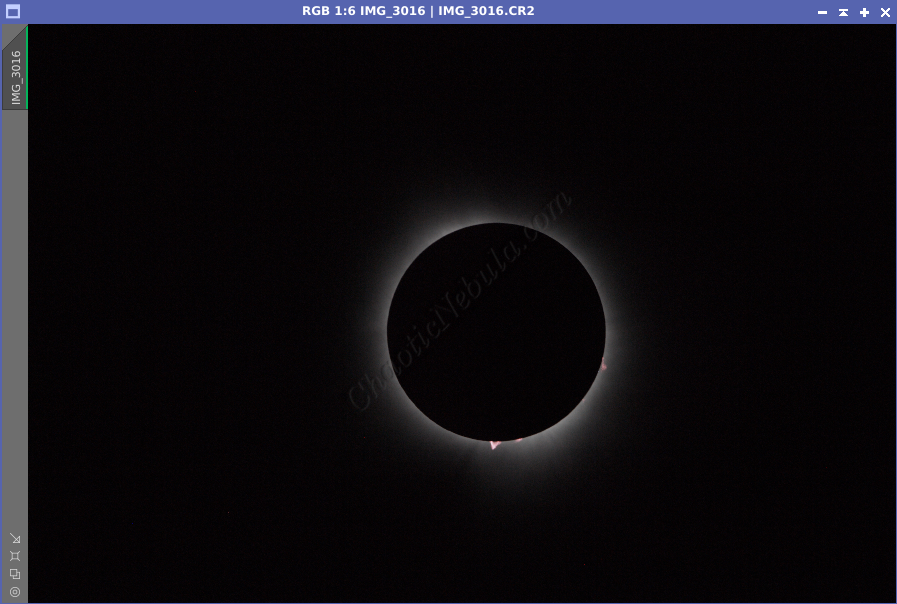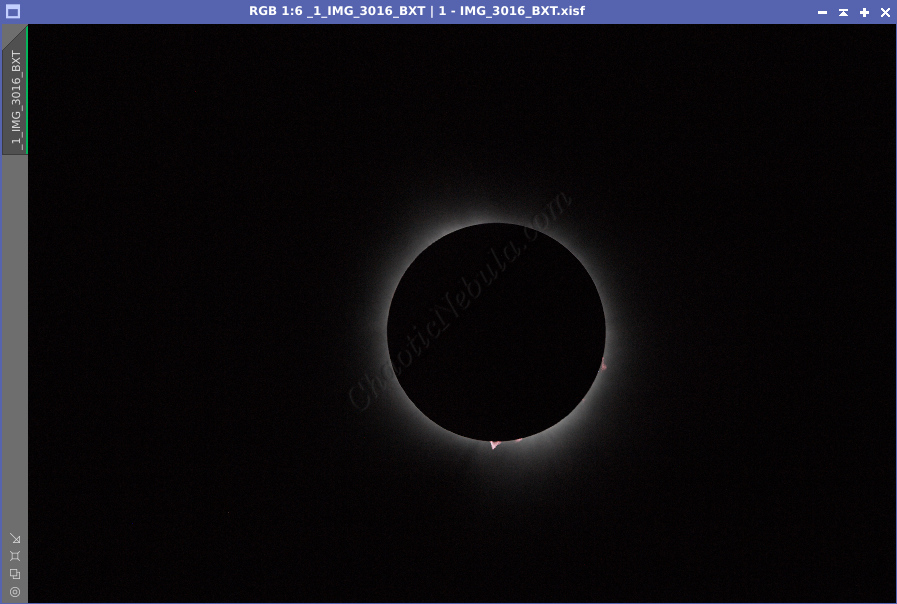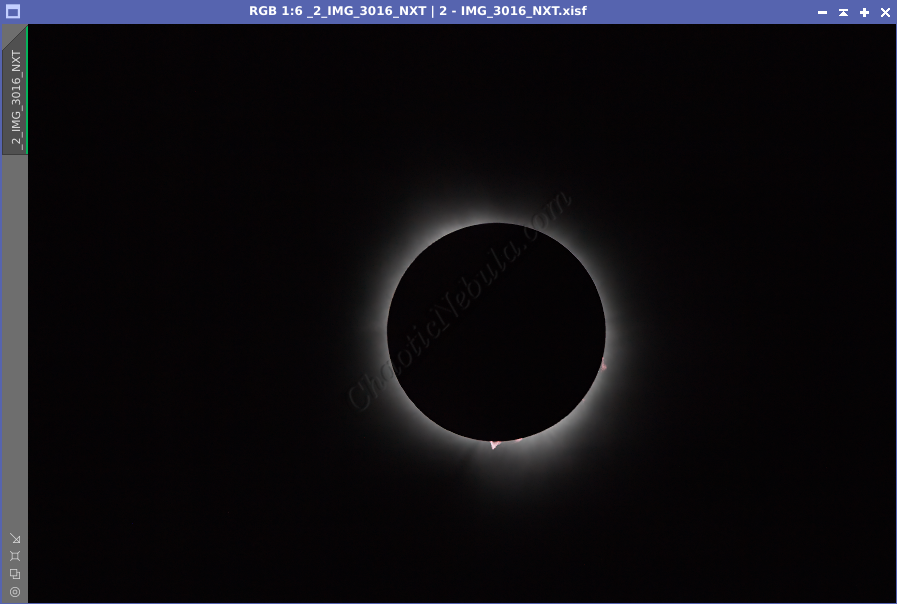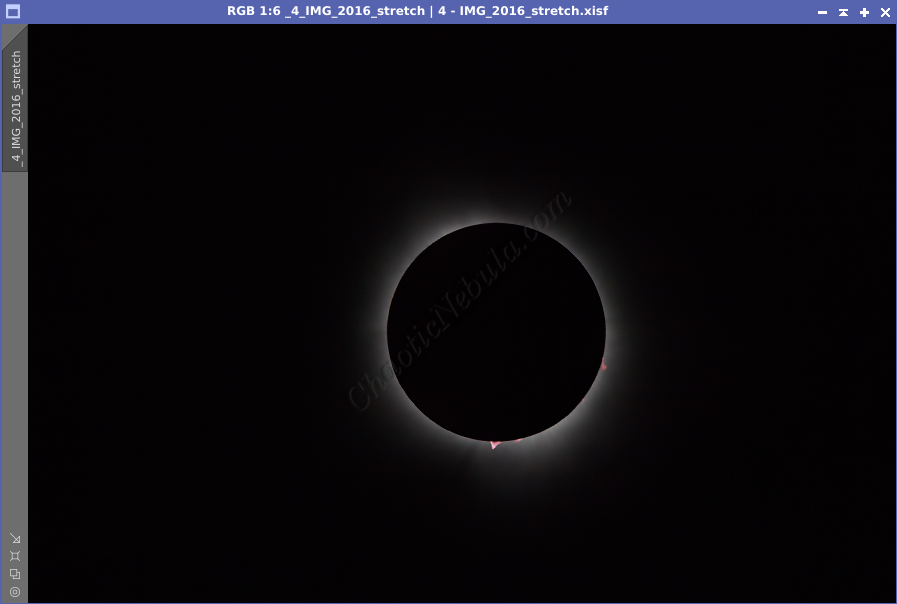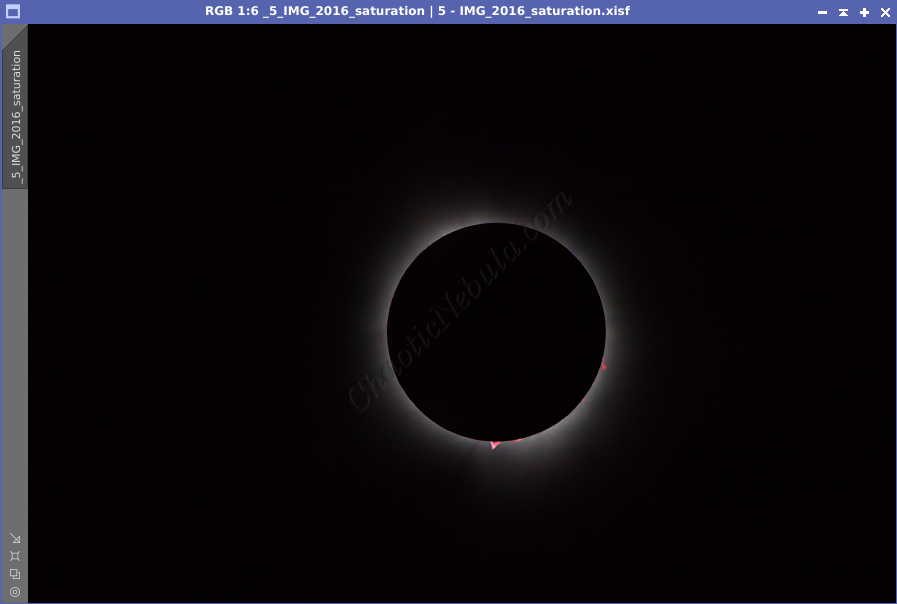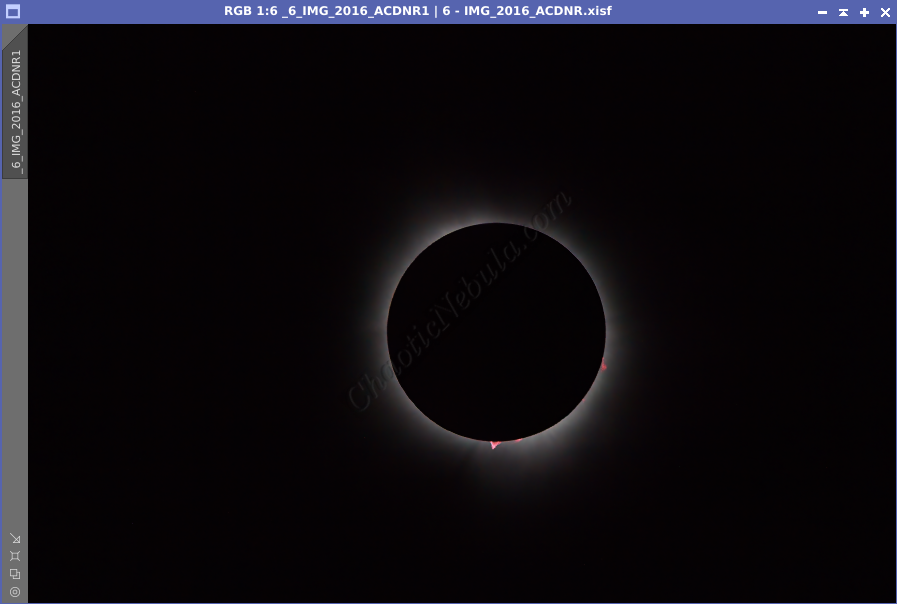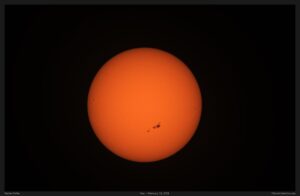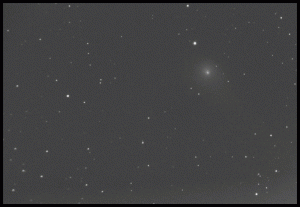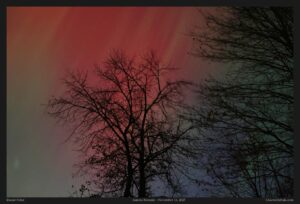Another total solar eclipse is over and what an experience.
It’s been 7 years since my first encounter with totality during the solar eclipse of August 21, 2017. After that event, I was going to try and get into the path again. And luckily, the skies were clear for another amazing experience.
This time, I was better prepared to try and capture the beauty of this spectacle.

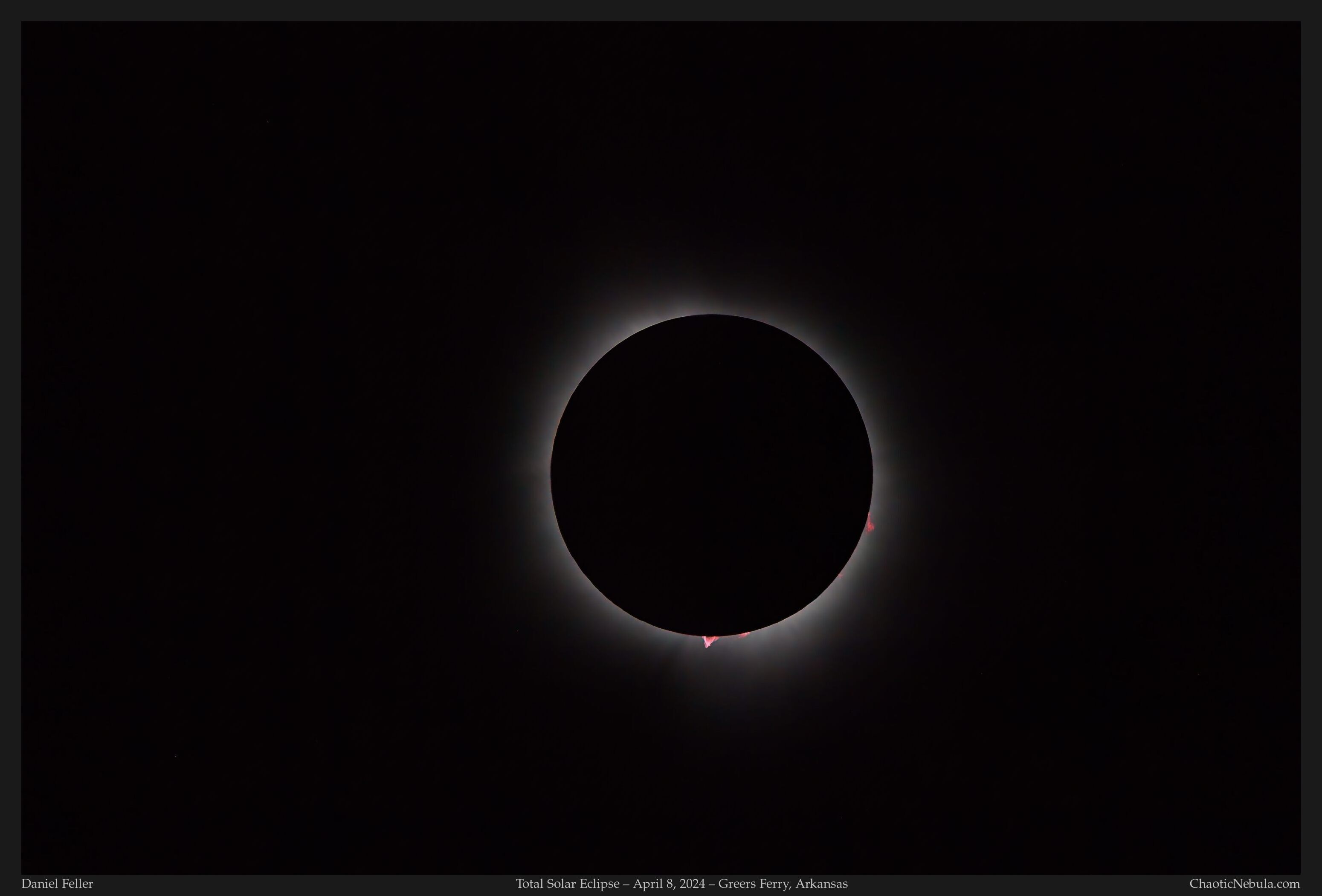
Location
Location is really important when it comes to solar eclipses. The path of totality isn’t very wide. The closer to the center line, the more time you have. Luckily, a wonderful friend of mine found a great spot in Greers Ferry, Arkansas, which was extremely close to the center line.
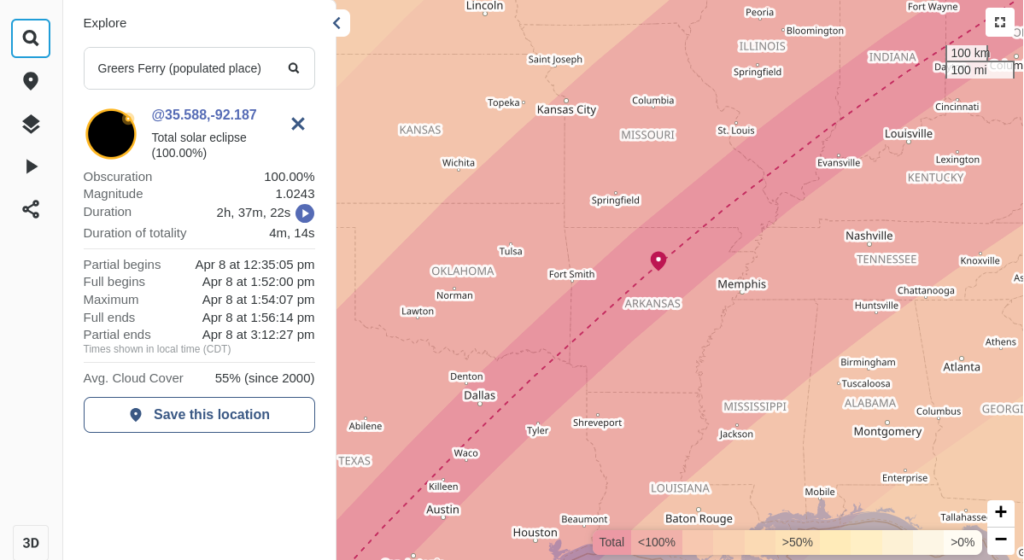
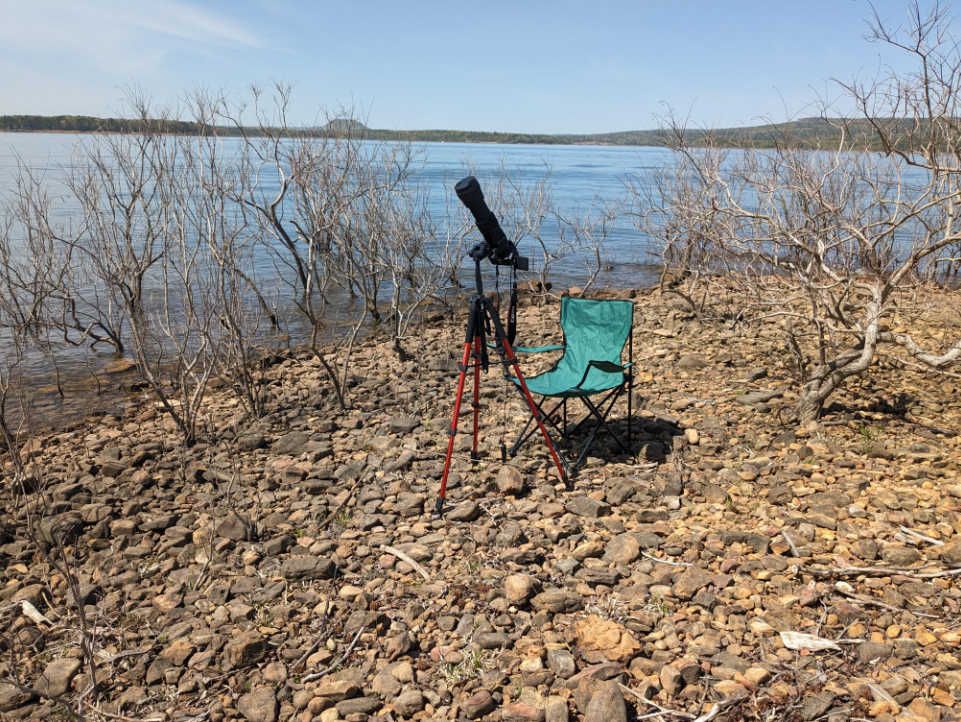
As this was my first trip to Arkansas, I couldn’t have been happier with the location. Greers Ferry Lake is a wonderful location. Being on a small peninsula allowed us to have an almost 360 degree view of darkness. We could see the darkness coming from one side of the lake and moving towards the other. As totality was ending on the western side, the eastern side looked like it was covered in dark storm clouds (although no clouds existed).
2017 vs 2024 Eclipses
Which experience was better? My first one in 2017 or the second in 2024?
The first time experiencing totality was a truly unique and mesmerizing experience. I’ve seen pictures of solar eclipses. I’ve read articles about them. I knew about all of the things that happen during and around totality (temperature drops, animal behavior, shadow anomalies, etc). But experiencing it for the first time was out of this world.
How could the second time be better?
Having experienced it before didn’t dampen the mood. It might have made it better as the previous experience was so fast and so many things were happening. The second time around, there was a greater awareness about the event and surroundings. I was able to see things I missed 7 years ago, like the diamond ring effect, Venus shining brightly in the darkened sky, and the more intense temperature changes. Plus, having totality lasting twice as long as the previous eclipse was an added bonus.
But the biggest thing was that the sun is near solar maximum. In 2017, the sun was approaching solar minimum. Solar maximum produced 3 noticeable things
- Sunspots: While the sun was still uncovered, a few sunspots were visible.
- Corona: During solar maximum, the solar corona is brighter and more active.
- Flares: The 2024 eclipse also allowed one to see solar flares during totality. Cameras helped pull out the details, but there were visible to the unaided eye as well.
Imaging Processing for the Solar Corona
From an astrophotography perspective, my goal was to try and capture the corona better than I did 7 years ago. Capturing solar flares was an unexpected surprise. For the most part, the image processing workflow was focused on bringing out these two details.
For the image processing, I started with the best image showing the corona and another showing the solar flares.
Linear Processing
The following shows the sequence in the linear (non-stretched) phase of the image processing.
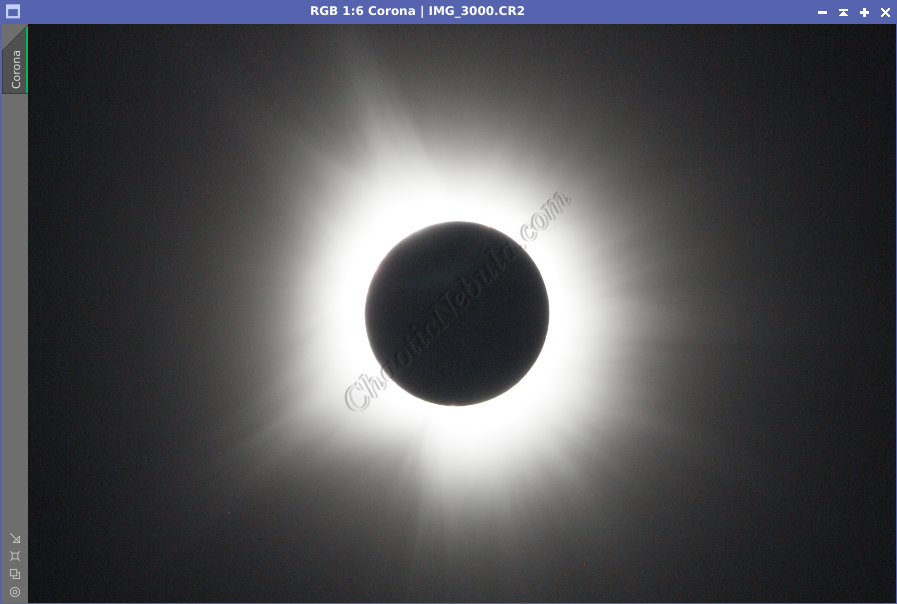
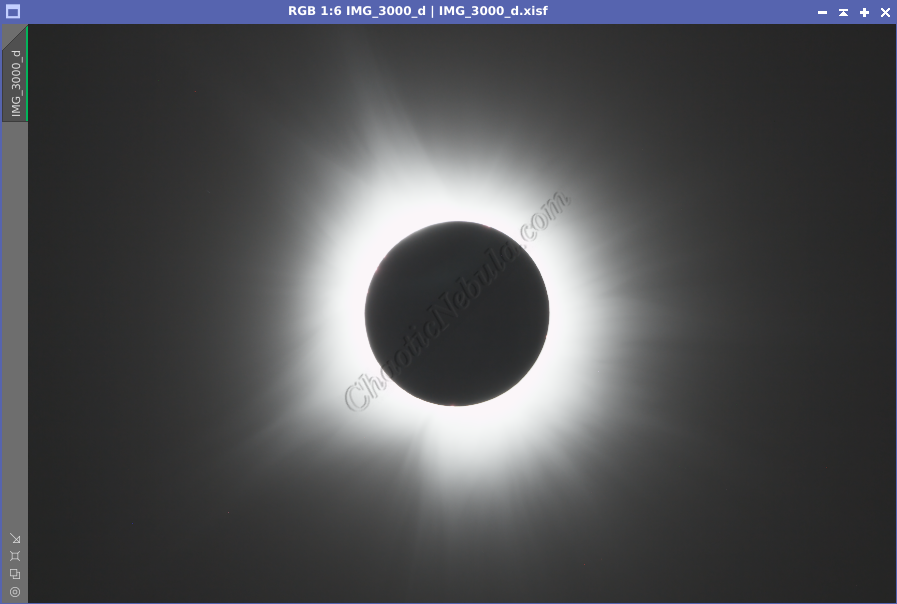
Luminance Workflow
The following shows the sequence of processing for the extracted luminance channel.
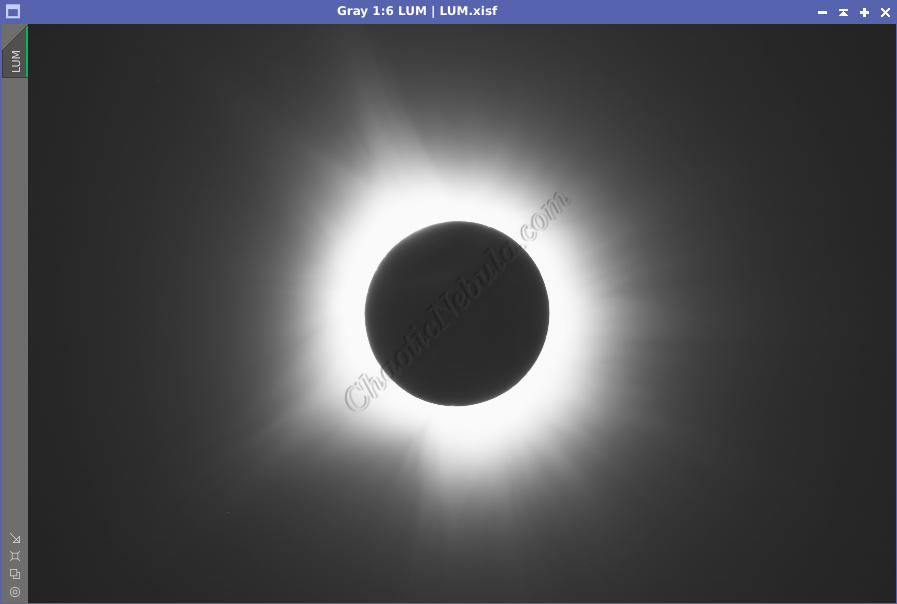

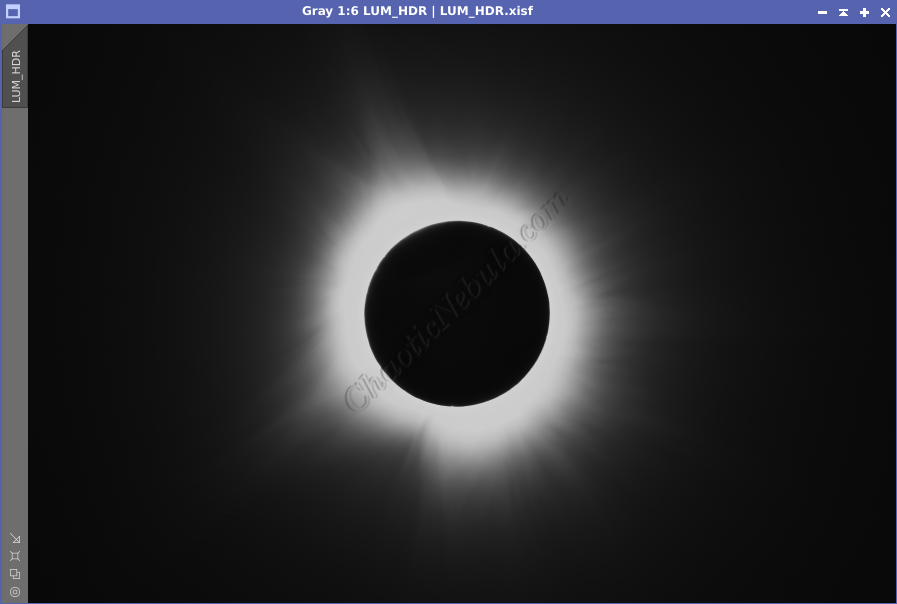
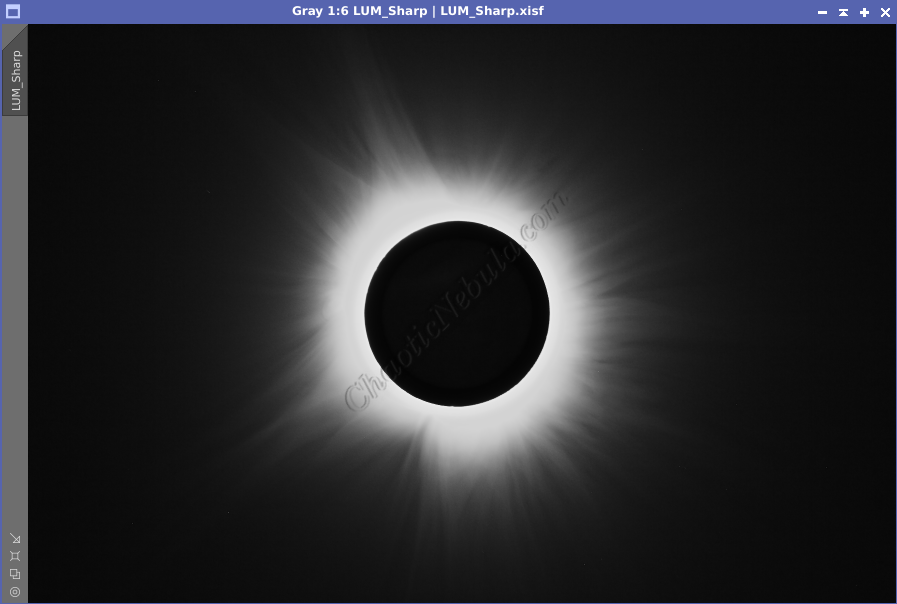
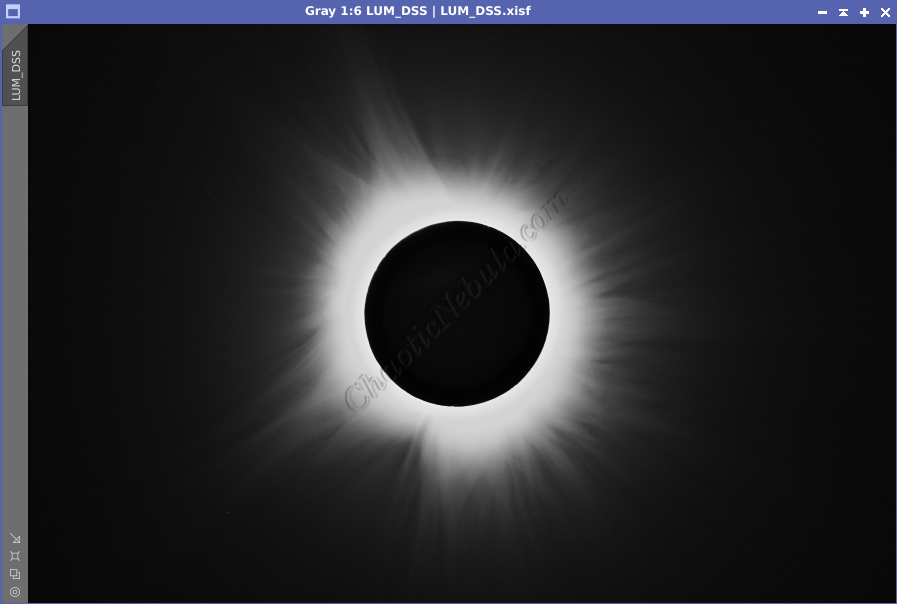
Non-Linear Processing
The following shows the final sequence of image processing for non-linear (stretched) images.
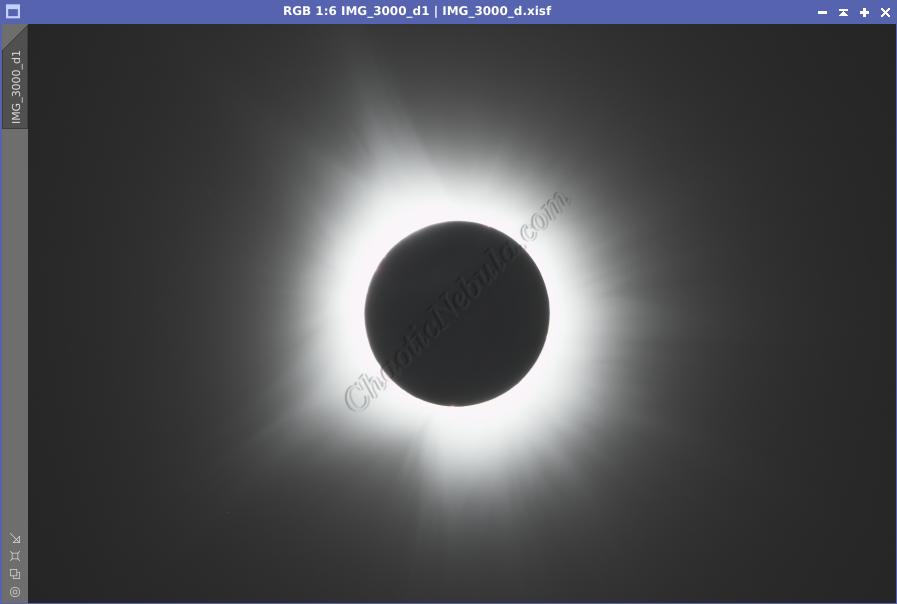

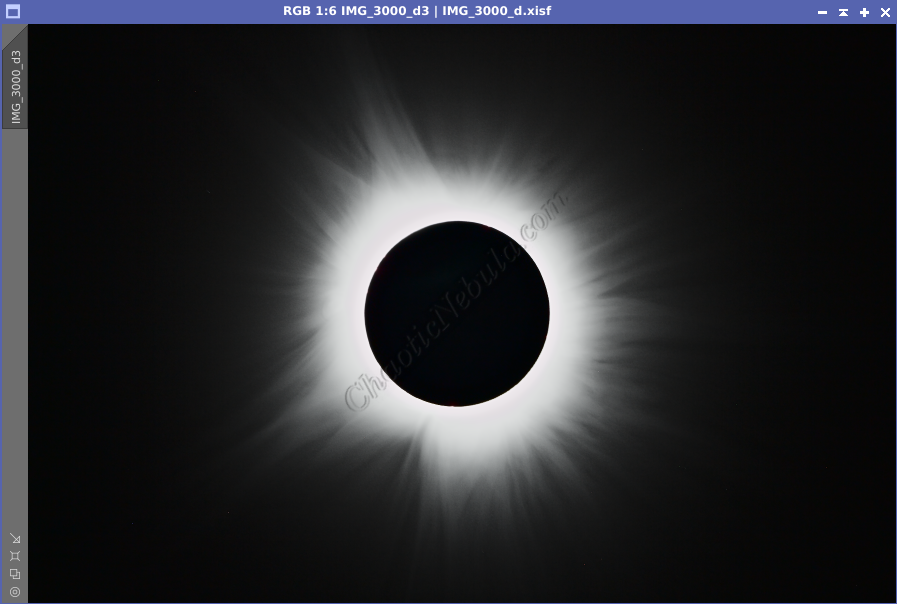
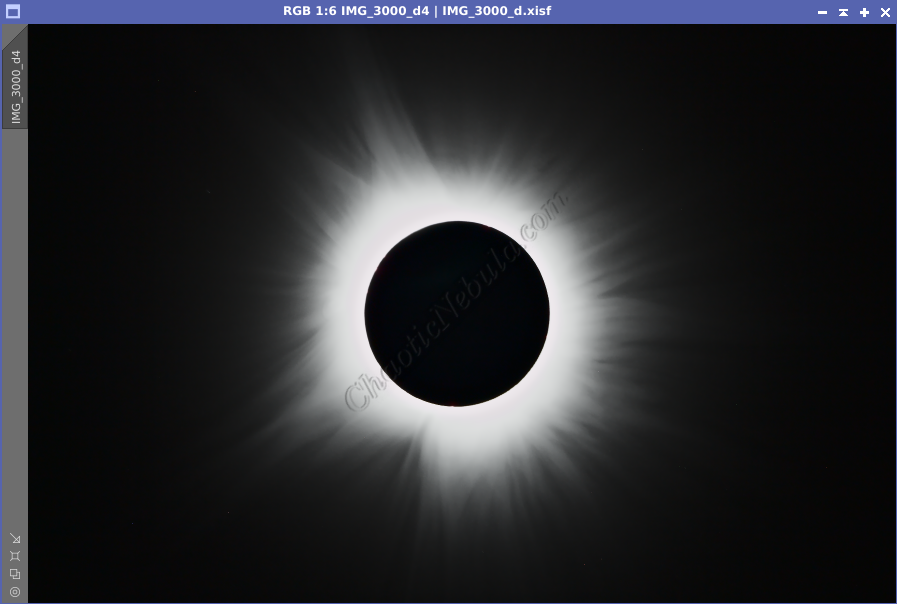
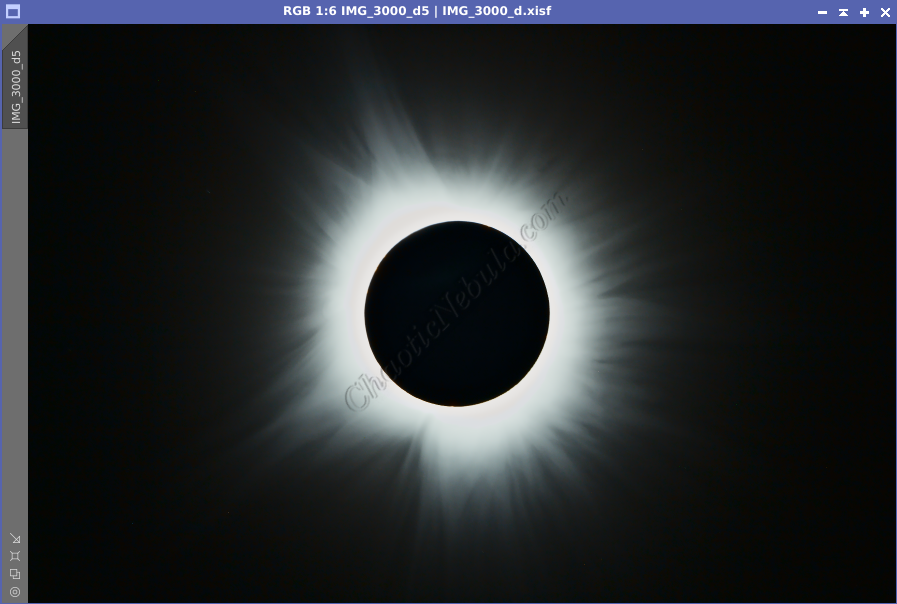
Imaging Processing for the Solar Flares
I wasn’t expecting being able to capture solar flares, so this was a bonus. For the image processing, I started with the best image showing the solar flares.
The following shows the sequence in for the image processing.
